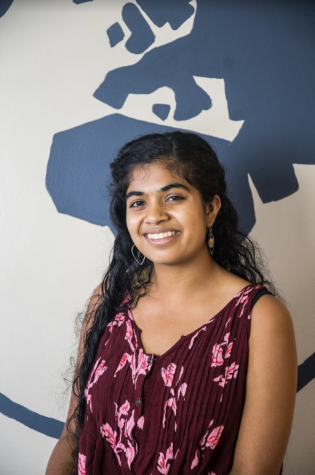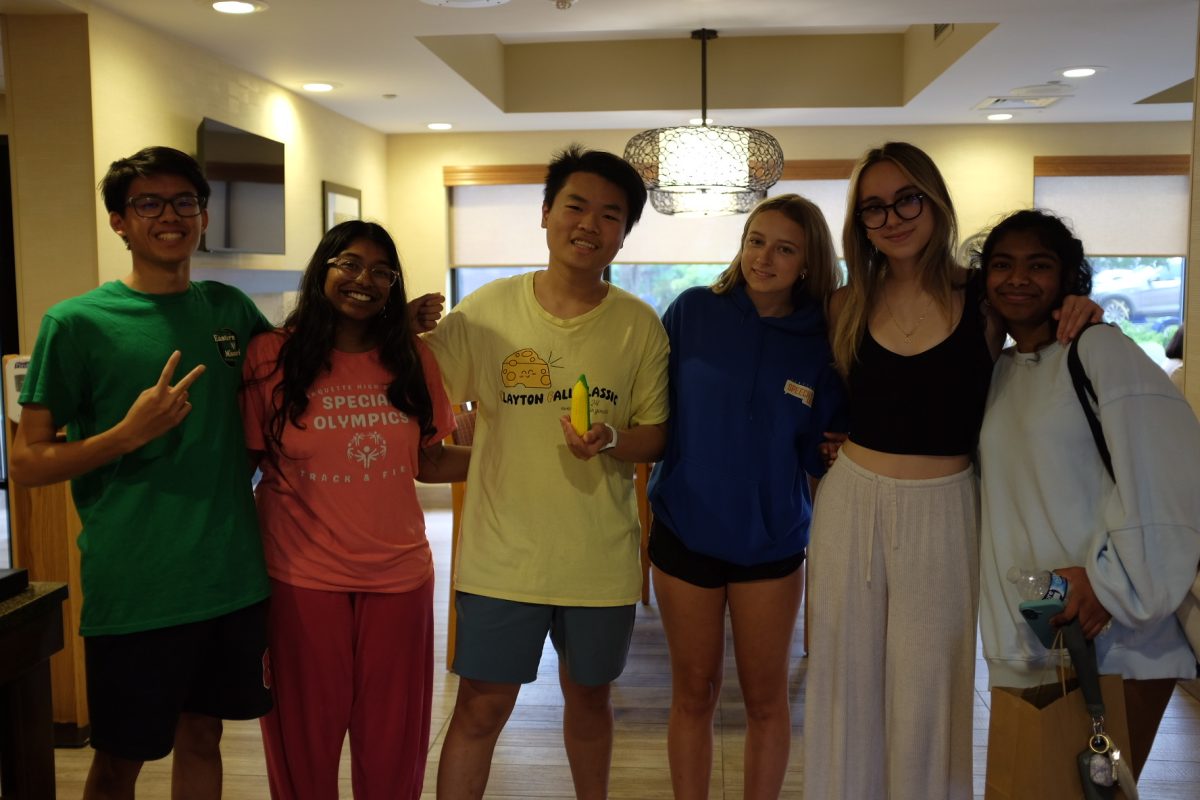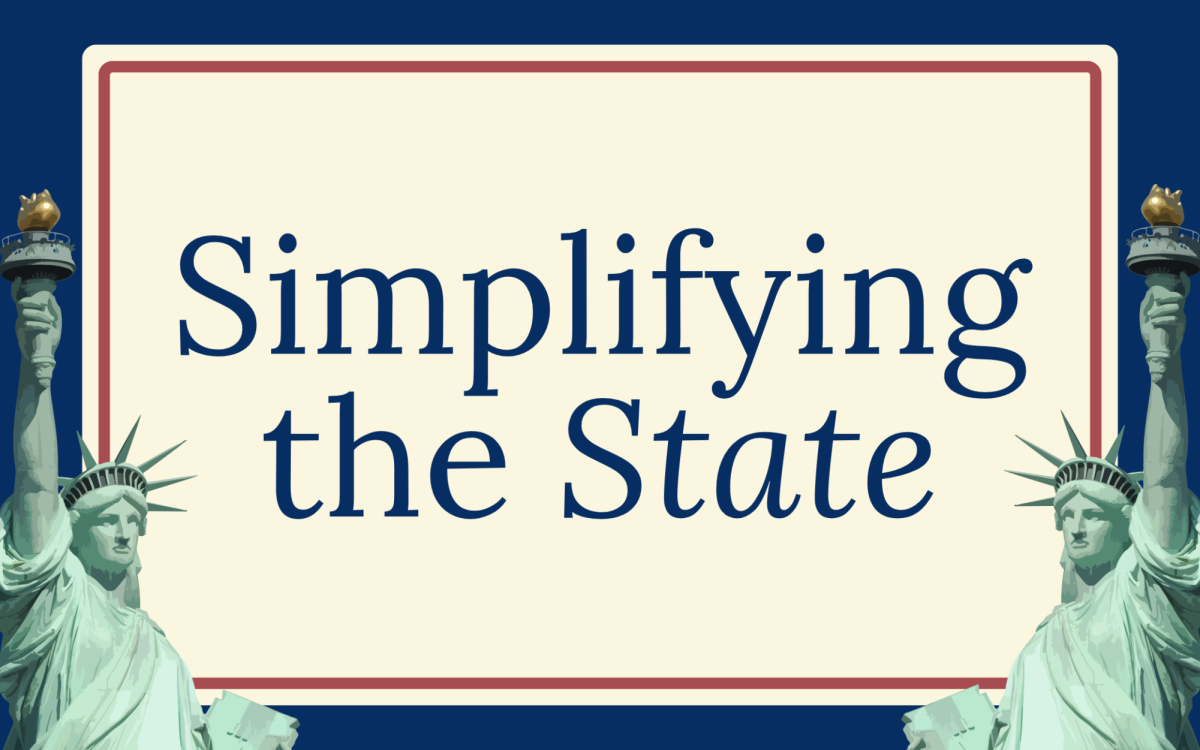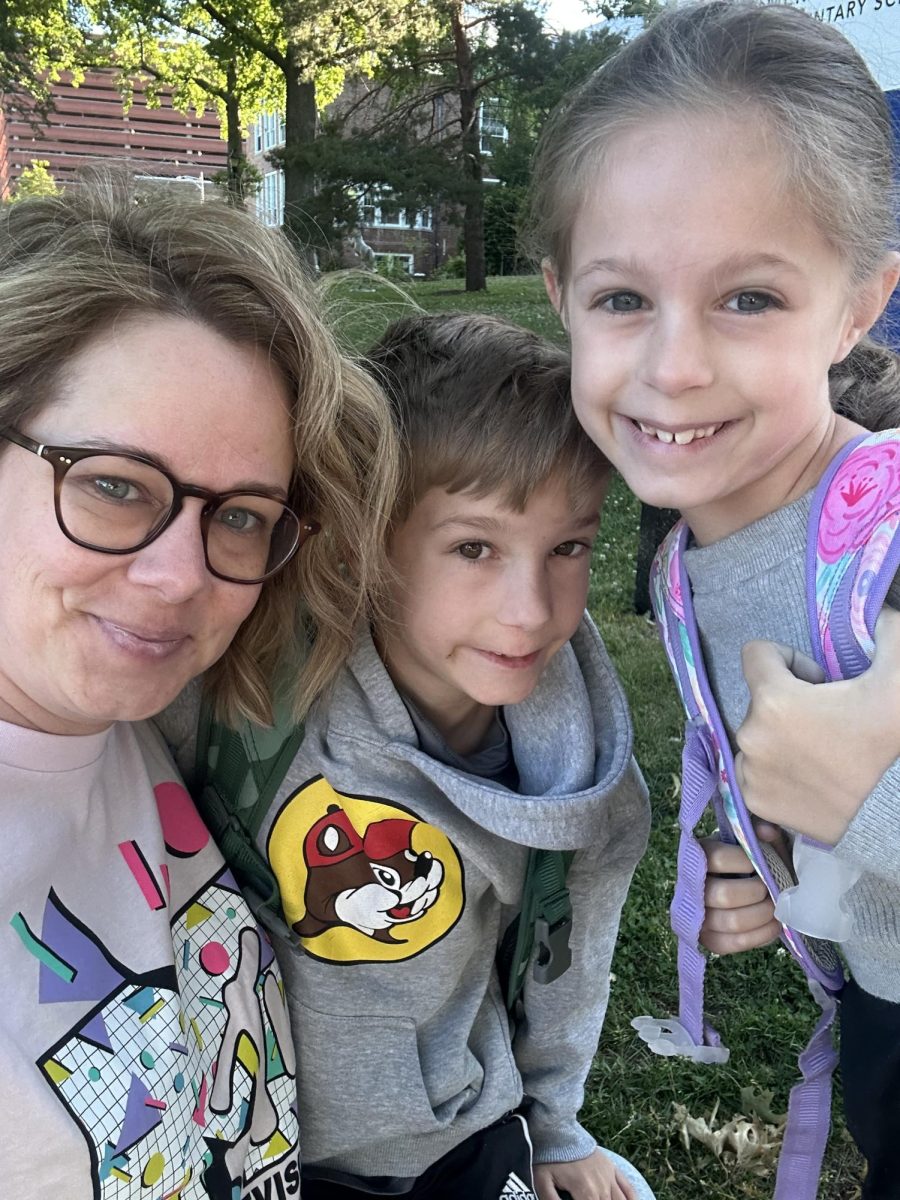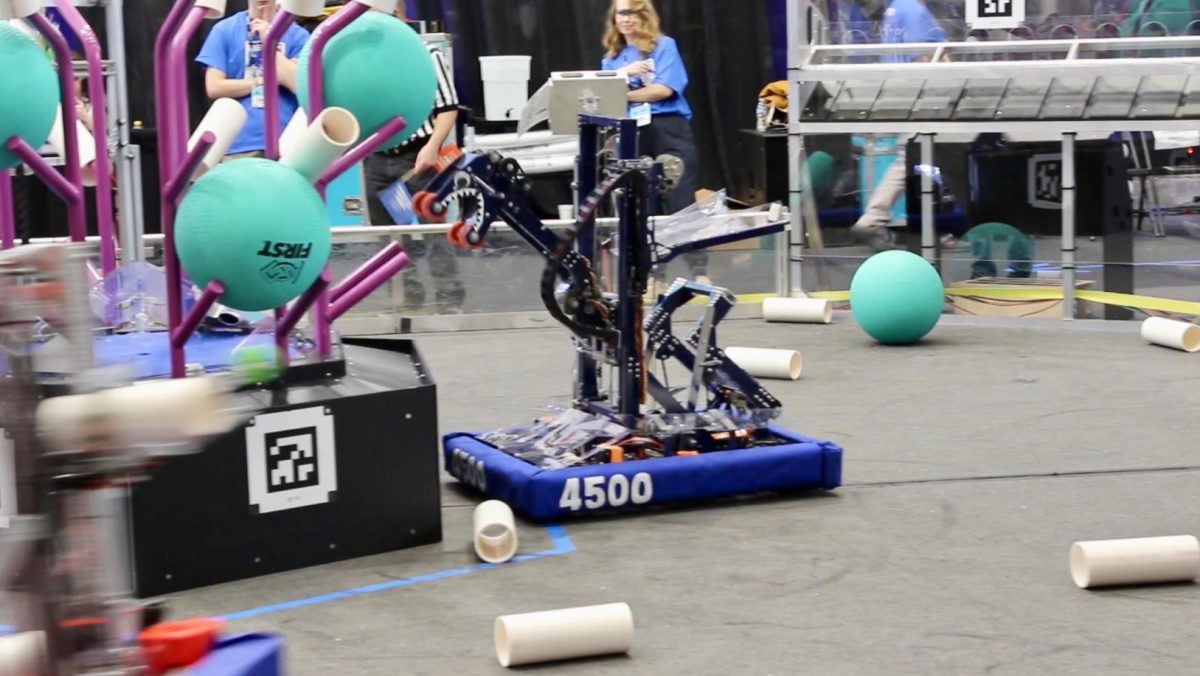“Gifted”
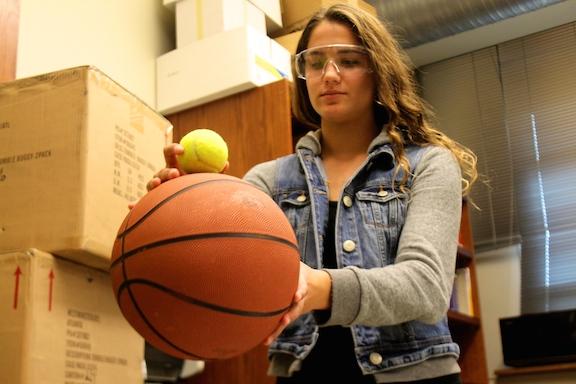
Freshman Physics Student Participates in Force Lab
March 1, 2015
In a school district already filled with bright students, some people question the need and advantage of a gifted program. They wonder if this separation is harming students’ self confidence, unintentionally causing other smart students who do not receive the gifted label to miss out on valuable learning experiences, or simply creating an unnecessary divide. Yet, the truth is that this program is an enriching part of the school district.
In Clayton, the program starts at second grade and follows students through eighth grade with exploratorium in Wydown. As I look back on the Glenridge and Wydown days, the enrichment pull-outs and exploratorium experiences bring up fond memories. The topics I studied and trips I took helped me challenge myself and think about topics I never thought I would. But, I also remember feeling disappointed and lacking self-confidence when being labeled with a number which seemed to report all there was to my intellectual abilities compared to other students.
Luckily, the system has changed. The number labeling system has been abolished.
The new system consists of a different way of testing the “giftedness” of a child. This system takes many different parts of a child’s learning into consideration, including their scores on standardized tests and learning habits, not just the IQ they received from one single test.
With this new system, the sense of being labeled seems to have decreased. It also lessens the sense of being a worse student than another person. Many times, especially with school-age children, being in a “gifted” program could lead to tension among students and some students feeling superior than others.
Sharon Slodounik, the gifted specialist at Glenridge, has all her fifth graders look into the label of gifted person through an identity project. In this, the students examine themselves and their impact on the world as a “gifted” person. With this, they then learn a lot about themselves but also learn that being “gifted” is not always what it seems and does not make you better or more successful than any other person.
This is just one of many interesting projects Slodounik has her kids working on. And it is projects like this which make Clayton’s gifted program what it is. From identity in elementary to future problem solving in middle, the program provides extension for those who need it.
Yet, I do still believe that the program would benefit if not only gifted ability testing but more so willingness to participate was the factor in entering the program. Capable students are being prevented from challenging themselves by this divide and although the system has surely improved it may be even better if the acceptance into the program was not really an acceptance.
Instead, it could be a recommendation for a child to enroll or not enroll in the program. The rest would be up to the child and parents. This way if the child would like to try to participate, they can have the option to, and then take it from there.
With a worthy gifted program like Clayton’s, all students should have the opportunity to experience what the program provides and challenge themselves if they so desire. With label and without label.


